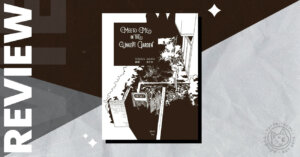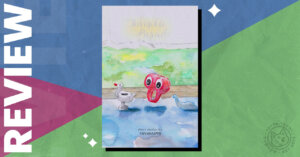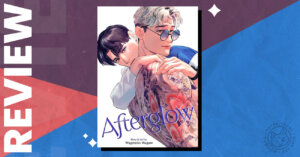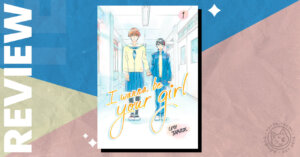Content Warning: Misgendering. Gender terms some readers might find outdated or inappropriate. A character is harassed for using a bathroom that doesn’t match their gender presentation.
Synopsis
Makoto and Akira have been best friends and neighbours since they were toddlers. Despite being complete opposites, each feels that they can be themselves around each other. Akira is a total tomboy who loves sports and lives in sweats, while Makoto is fashion-forward and enjoys presenting as both masculine and feminine depending on his mood! Akira is constantly mistaken for Makoto’s boyfriend, and Makoto is constantly mistaken for Akira’s girlfriend!
Akira just shrugs this off and apologises for any confusion, but Makoto is different. He doesn’t mind people misgendering him, but he knows how much it upsets Akira so leaps to her defence each time. He’s also been nursing a crush on his best friend for over a decade now and it’s finally time he did something about it, even if it means the end of their friendship…
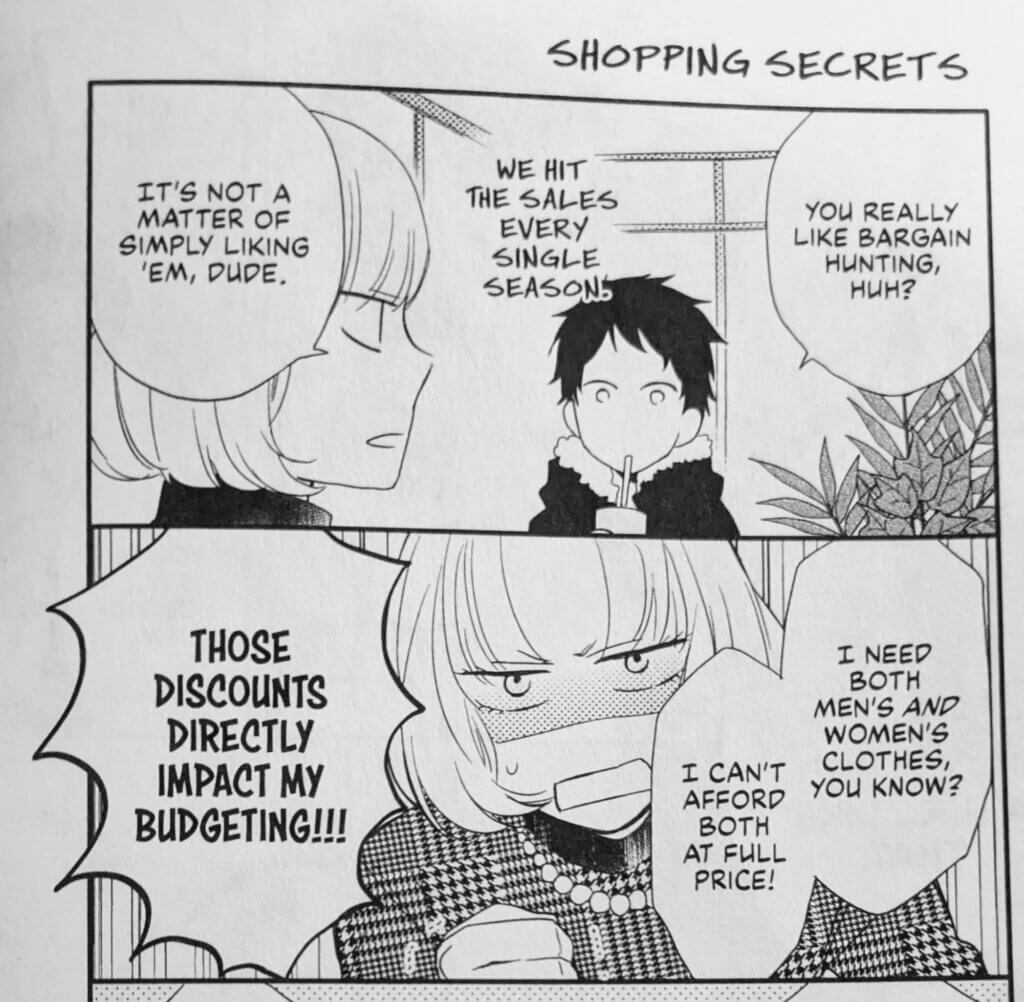
The Good
It’s surprisingly rare to find a romance where both parties are gender nonconforming. The closest you get is one partner being more into fashion than the other. So even though Akira and Makoto are cisgender (they both identify with the gender they were assigned at birth) and heterosexual (or at least show little-to-no romantic interest in anyone of the same gender) it makes the series feel inherently queer in such a fresh way.
I was worried that Makoto was going to fall into the trope where the character is forced to pretend to be a different gender because of family or social pressures a la Maria in Boy Meets Maria and Haruhi in Ouran High School Host Club, but while his first introduction to women’s fashion by his older sister using him as her dress up doll, it becomes clear that he is now choosing to present this way. Makoto clearly finds euphoria in presenting feminine, and enjoys expressing himself through women’s fashion and make-up.
Makoto’s complete confidence in his gender presentation is a fun contrast to Akira’s. She has found that presenting more masculine is just easier and more comfortable. She doesn’t have any interest in fashion, and doesn’t want to have to put in all that effort just to leave the house. However, she doesn’t find gender euphoria in her presentation and becomes disheartened when she gets misgendered and treated like a boy. As a gender-queer person, I felt like I could really relate to her on this. Not being able to wear the clothes you want without being misgendered is frustrating, and current social codes can be deeply restricting. I want to wear bright colours and florals without being misgendered. I don’t want to undergo major surgery just so my body can fit into someone else’s idea of what gender is.
Many Trans and gender nonconforming people will also relate to Akira, regardless of her being cis. Even when she tries to buy more traditionally feminine clothing, the shops simply do not cater to her body type, meaning she’s forced to continue to shop in the men’s section.
The central romance between the series is very sweet and endearing. Makoto’s patience and long-time yearning made me pull my hair out in sympathy, yet I still found Akira’s obliviousness absolutely adorable. I’m really rooting for the pair of them to work out their issues and finally get together!
Aidan Clarke’s lettering is solid, and does a good job of matching the tone and meaning of the original Japanese. Jenny McKeon’s translation is sensitive, and Carly Smith’s adaptation reads well. The three work well together to ensure all the emotional beats (be they comedic or romantic) hit correctly.

The Bad
Whilst the manga is well-meaning, the characters being misgendered as a joke is a little tiring. While the reader is always meant to sympathize with Akira, that isn’t the only instance where the story takes things too lightly; certain situations from Akira’s past, while brushed off in the story, would traumatize and endanger real life trans and gender nonconforming people.
Additionally, the story toes the line a little about whether or not it wants to treat Makoto getting asked out by boys, and Akira getting confessed to by girls, as a joke or not. Girls crushing on Akira are treated in the way most Class S manga treat such things, where they’re only into her because she’s the most masculine person they know. On the whole, it seems to be pretty non-judgmental on the topic with Akira supporting anyone who has a crush on Makoto. Yet the fact remains that Makoto is uncomfortable with boys asking him out when presenting feminine. This isn’t necessarily a bad thing, since they’re not hitting on him because he’s a boy but rather because they think he’s a beautiful girl and therefore open game, but it’s still something worth considering.
The series is also very much part of the Princess Knight shoujo legacy. Gender exploration is still somewhat cis-normative, and might not go as far as some readers would like. Akira is also your classic Shoujo Heroine, completely oblivious to the childhood friend who is head-over-heels for her. These tropes, whilst common in Shoujo, may not appeal to all.
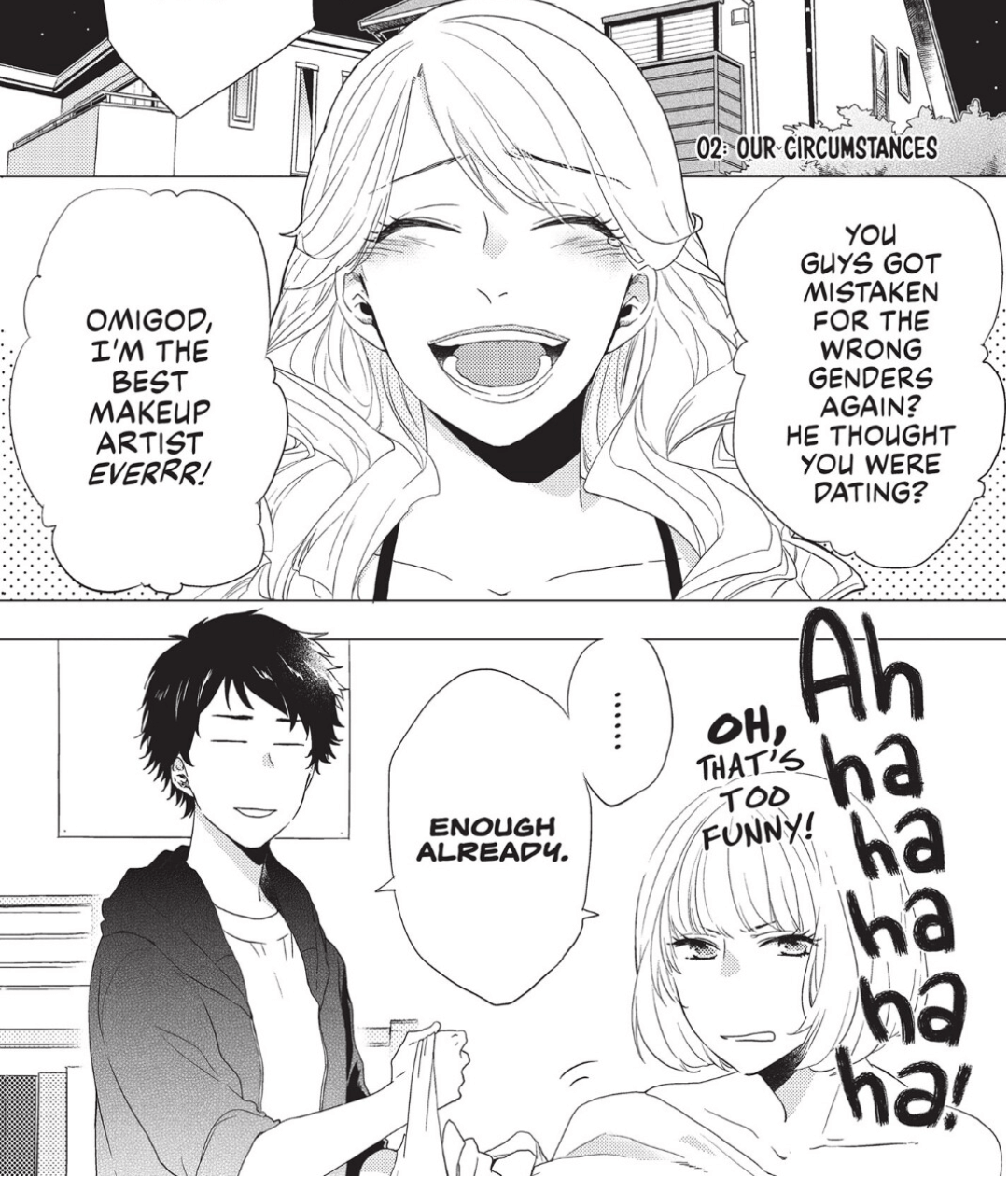
The Verdict
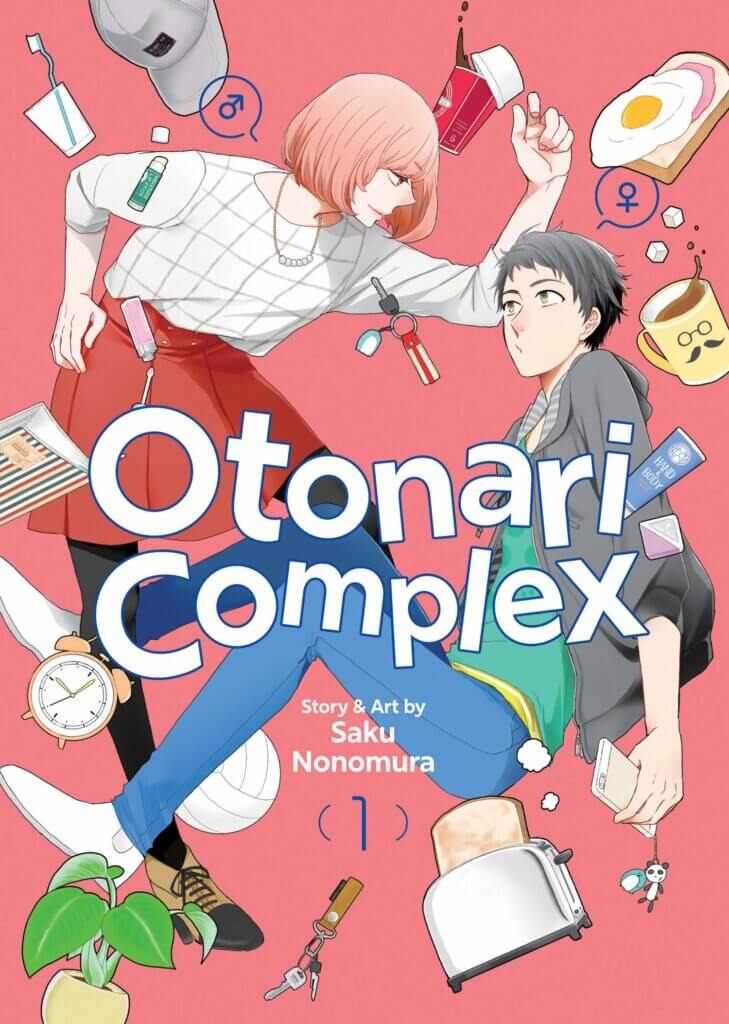
This series won’t be everyone’s cup of tea, but it’s definitely my cup of tea. It does slip up in a couple of places in terms of representation, but it’s so incredibly earnest that I found it easy to forgive. The series is a good reminder of the importance of the term “Queer.” Akira and Makoto both identify with their assigned gender and only ever show real romantic interest in each other. In any other manga series, we’d read them as heterosexual. But here, they don’t fit into the heteronormative/cis-normative society that we live in today. Their gender presentation makes them queer, even if they do not fit neatly into some of the boxes we use today.
They’re Queer. They’re here. You should read it for pride this year.
You can buy Otonari Complex Volume 1 from Amazon, Bookshop, and Barnes and Noble.
If you liked Otonari Complex you should check out…
- Last Game
- Senpai is an Otokonoko
- Hockey Girl Loves Drama Boy
Credits
Story & Art by: Saku Nonomura
Translation: Jenny McKeon
Adaptation: Carly Smith
Lettering: Aidan Clarke
English Language Version Published by Seven Seas Entertainment
Article edited by: Kelly Stewart

Featured Sponsor - JAST
The sweetest romance and the darkest corruption, the biggest titles and the indie darlings; for visual novels and eroge, there's nowhere better.
Big thank you to our supporters
From their continous support, we are able to pay our team for their time and hard work on the site.
We have a Thank-You page dedicated to those who help us continue the work that we’ve been doing.
See our thank you page


